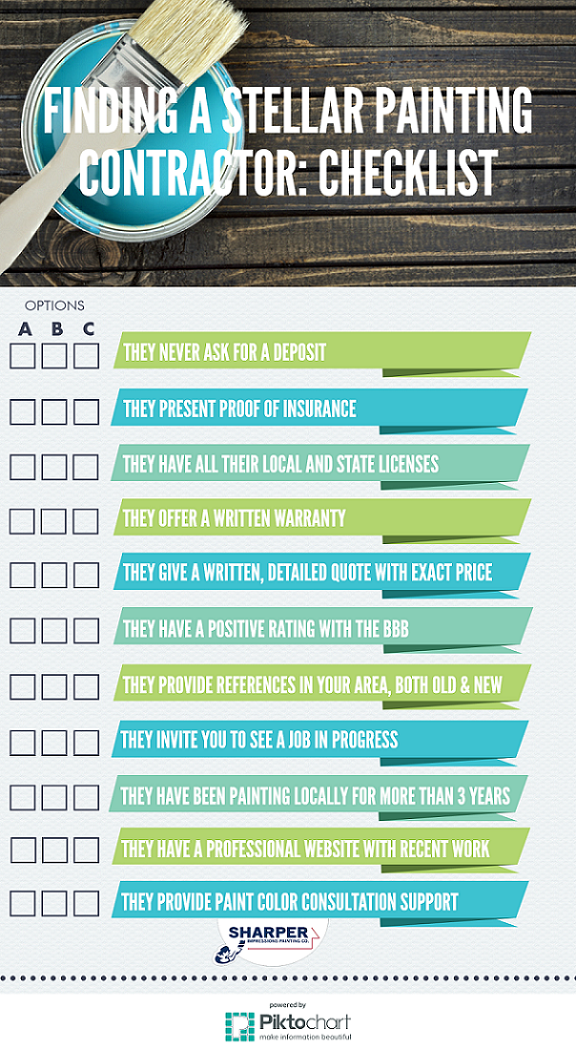Examine The Role Of Seasonal Consider The Success Of Industrial External Painting And Uncover The Very Best Times To Safeguard Lasting Outcomes For Your Task
Examine The Role Of Seasonal Consider The Success Of Industrial External Painting And Uncover The Very Best Times To Safeguard Lasting Outcomes For Your Task
Blog Article
Write-Up Created By-Leach Decker
When you're preparing an industrial exterior painting task, seasonal factors can make or damage your outcomes. You'll want to consider how temperature level and humidity impact paint application and drying times. Picking the right season can ensure your paint adheres appropriately and lasts longer. Yet which periods are absolutely the very best for this type of job? Allow's check out the crucial elements that can affect your project's success.
The Influence of Temperature on Paint Application
When you're planning a commercial external paint job, the temperature level can considerably impact how well the paint sticks and dries out.
Preferably, you wish to repaint when temperature levels range between 50 ° F and 85 ° F. If it's as well cool, the paint might not cure effectively, causing problems like peeling off or splitting.
On the other side, if it's too warm, the paint can dry out also promptly, protecting against correct bond and causing an irregular surface.
You should also consider the time of day; early morning or late afternoon uses cooler temperature levels, which can be extra positive.
Constantly examine the manufacturer's recommendations for the specific paint you're using, as they often give assistance on the optimal temperature level variety for optimum outcomes.
Humidity and Its Effect on Drying Times
Temperature isn't the only environmental aspect that affects your commercial exterior paint job; moisture plays a substantial function as well. commercial interior painters can decrease drying out times considerably, impacting the total top quality of your paint job.
When the air is filled with wetness, the paint takes longer to heal, which can cause issues like bad attachment and a higher danger of mildew development. If you're painting on an especially humid day, be prepared for extensive wait times in between coats.
It's critical to check regional weather conditions and strategy accordingly. Preferably, aim for moisture degrees between 40% and 70% for optimum drying out.
Keeping these factors in mind ensures your project remains on track and delivers a long-term finish.
Best Seasons for Commercial Outside Paint Projects
What's the most effective season for your business exterior paint jobs?
Spring and early fall are generally your best options. Throughout these periods, temperature levels are moderate, and moisture levels are commonly lower, creating perfect conditions for paint application and drying.
Stay clear of summertime's intense heat, which can create paint to completely dry too rapidly, leading to poor bond and surface. Likewise, winter season's cool temperature levels can impede appropriate drying and treating, taking the chance of the long life of your paint task.
Go for days with temperatures between 50 ° F and 85 ° F for optimal outcomes. painted fence art in mind to check the local weather report for rainfall, as damp problems can destroy your job.
Preparation around these aspects guarantees your painting project runs smoothly and lasts longer.
Conclusion
In conclusion, preparing your commercial outside paint jobs around seasonal considerations can make a considerable difference in the end result. By organizing job during the excellent temperatures and moisture levels, you'll make certain better adhesion and drying times. Keep in patio painting to keep an eye on regional weather report and pick the correct time of year-- springtime and very early loss are your best bets. Taking these steps will aid you attain a sturdy and specialist finish that lasts.
